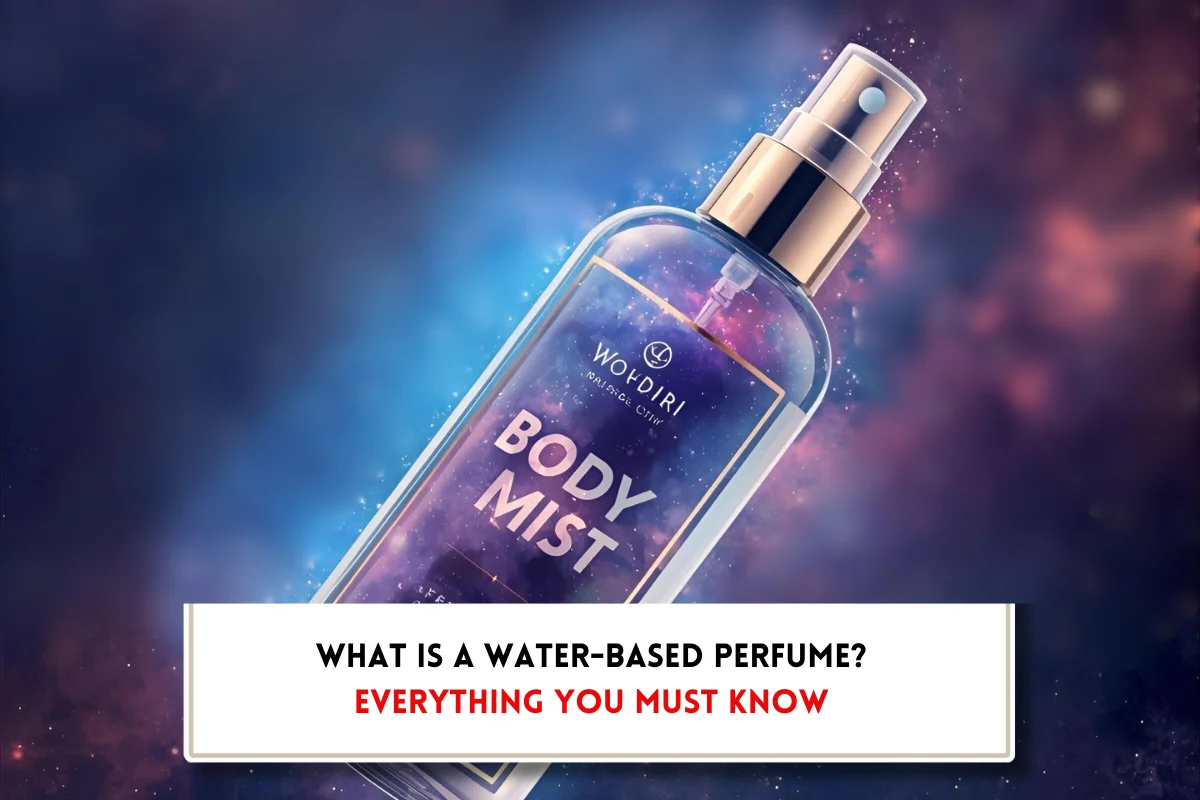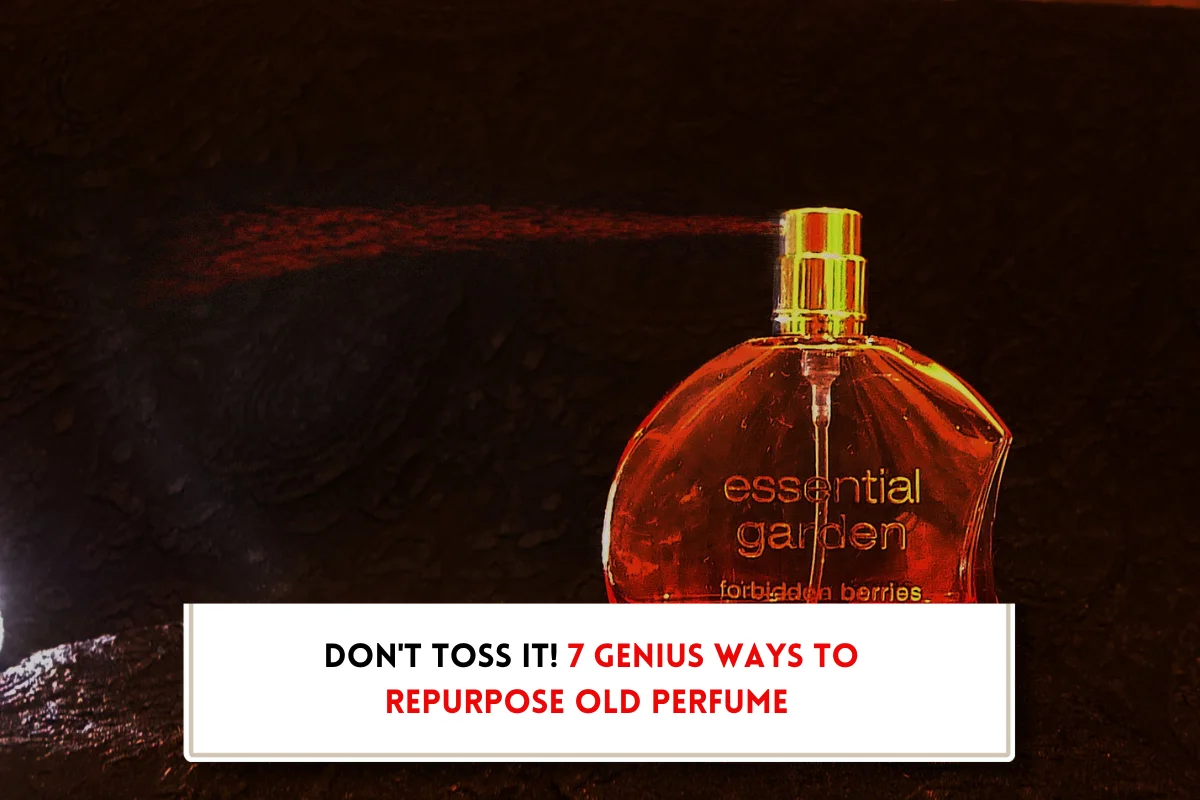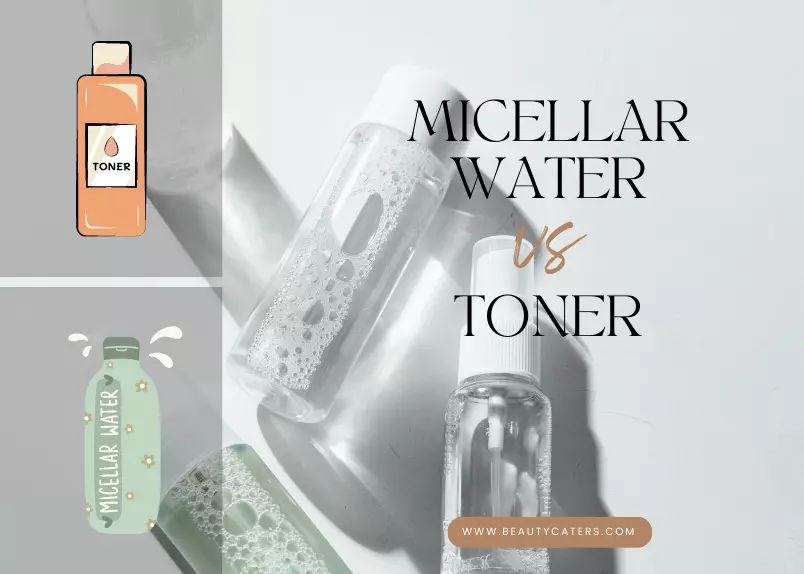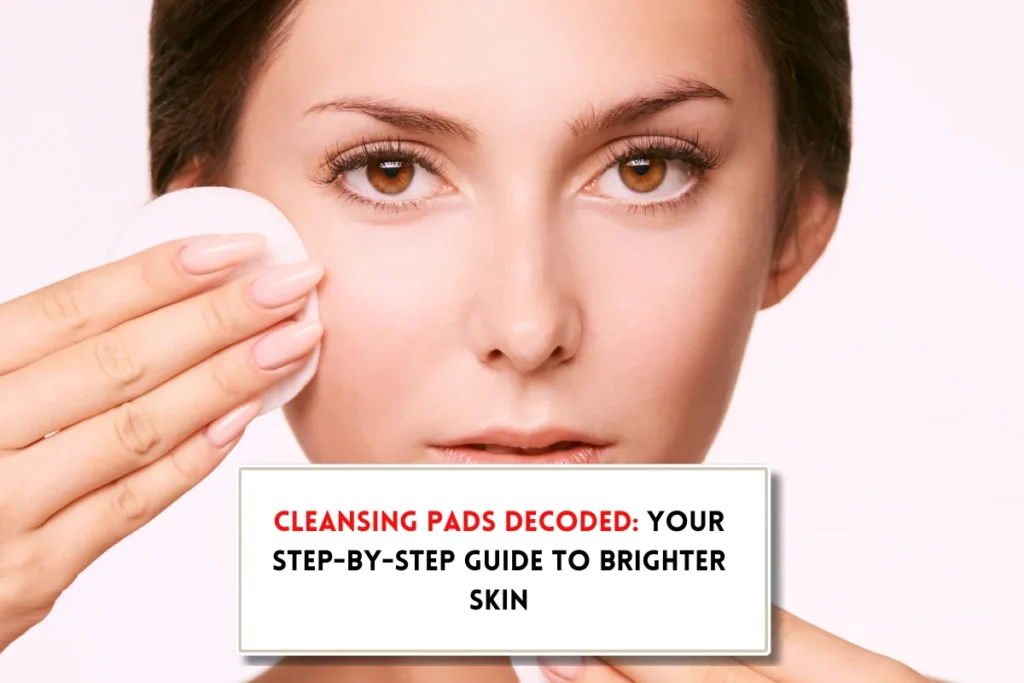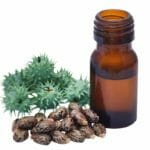A complete guide to what is a face cleanser used for?
At BeautyCaters, our expert team independently curates every recommended product. Purchases through our links may earn us a commission. Explore our transparent selection process.
Our skin goes through a lot every day. From pollution to makeup, it can get pretty grimy. That’s where a face cleanser comes in! It’s like a superhero for your skin that washes away dirt, oil, and grime, leaving you with a clean and refreshed complexion. But, is that all? Let’s know what is a face cleanser used for, it’s many benefits, how they work, and why choosing the right one can make all the difference in your skincare routine.
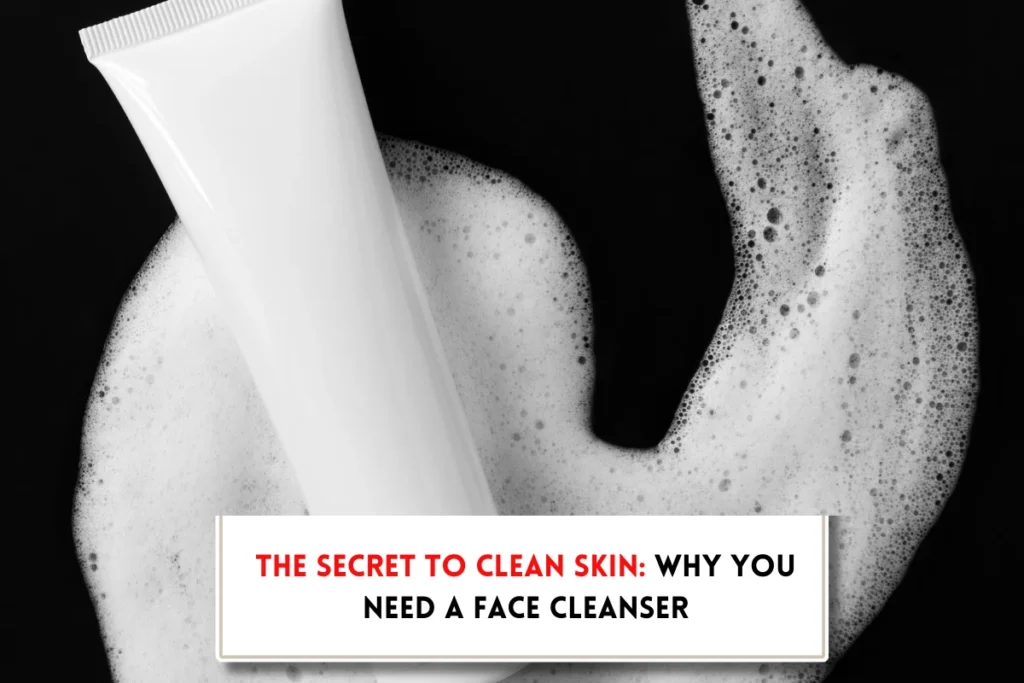
What is a face cleanser?
A facial cleanser is the cornerstone of any effective skincare regimen, regardless of your skin type. It’s a product designed to gently yet thoroughly remove dirt, oil, makeup, and pollutants from your skin’s surface and help to unclog pores, prevent breakouts to achieve a healthy, radiant complexion.
What is a face cleanser used for?
A facial cleanser is a vital component of any effective skincare routine. It plays a crucial role in maintaining healthy, radiant skin by:
- Deep pore cleansing: Cleansers effectively remove dirt, oil, and impurities from the pores, preventing acne and blackheads.
- Gentle exfoliation: They help shed dead skin cells, revealing a brighter, smoother complexion.
- Improved skin texture: Regular cleansing can refine skin texture, making it softer and more supple.
- Enhanced product absorption: A clean skin surface allows other skincare products to penetrate deeper, maximizing their effectiveness.
How to select the perfect cleanser?
The ideal face cleanser involves understanding your skin’s unique needs. Assess your skin type, any specific issues like acne or dryness, and personal preferences such as texture and fragrance. Be mindful of, a well-chosen cleanser can enhance your skin health and complement your overall skincare routine.
- Skin type: Your skin type is crucial. Here’s a breakdown of common skin types and ideal cleanser choices:
- Oily skin: Oily skin is characterized by excess sebum production, often leading to shine, acne, and enlarged pores. Heavy, oil-based cleansers can clog pores. Opt for lightweight, non-comedogenic formulas. Go for gel-based cleansers with salicylic acid or benzoyl peroxide to regulate oil production and prevent breakouts.
- Dry skin: Dry skin is prone to dryness, flakiness, and sensitivity due to inadequate oil production. Avoid harsh cleansers with sulfates that can strip the skin’s natural oils. Cream-based or oil-based cleansers with hydrating ingredients like hyaluronic acid and glycerin.
- Sensitive skin: Sensitive skin reacts easily to products through redness, irritation, and dryness. Choose fragrance-free, hypoallergenic cleansers with minimal ingredients to reduce the risk of irritation.
- Combination skin: Being a mix of oily and dry areas, typically an oily T-zone (forehead, nose, and chin) and dry cheeks, gel-to-cream cleansers can be a good option, as they can cleanse oily areas without drying out dry patches. Use different cleansers for different areas of your face, if needed.
- Key ingredients: While the right cleanser for your skin type is important, the ingredients within the cleanser also play a significant role. Here are some key ingredients to look for:
- Glycerin: A humectant that draws moisture into the skin, keeping it hydrated.
- Hyaluronic Acid: A powerful humectant that can hold up to 1,000 times its weight in water, providing intense hydration.
- Salicylic Acid: A beta-hydroxy acid that exfoliates the skin, unclogs pores, and reduces inflammation.
- Benzoyl Peroxide: An effective acne-fighting ingredient that kills bacteria and reduces inflammation.
- Ceramides: Ceramides are essential lipids that help maintain the skin’s barrier function, preventing moisture loss.
- Aloe Vera: A soothing ingredient that can help calm irritated skin.
Also Read: Cleanser vs face wash
How to do face cleansing?
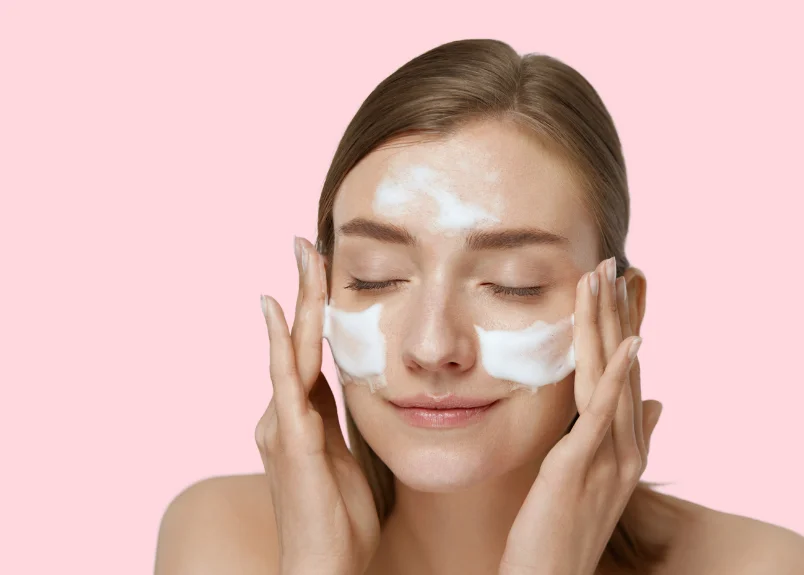
A clean canvas is essential for any successful skincare routine, and that begins with proper facial cleansing. This guide provides everything you need to know, from choosing the right product to mastering the cleansing technique.
- Prep with warm water: Splash your face with lukewarm water (not hot) to loosen dirt and open pores. Avoid harsh soaps or oils that can strip your skin’s natural oils.
- Apply and lather the cleanser: Dispense a pea-sized amount of cleanser onto your hands and create a lather. Gently massage the lather onto your face in circular motions, focusing on areas like your chin, cheeks, nose, and forehead. Avoid the delicate eye area.
- Be gentle: Don’t scrub harshly, as it can irritate and dry out your skin. Let the cleanser do the work with light, circular motions.
- Thorough cleansing: Use a combination of sweeping and circular motions to ensure the cleanser reaches all areas, including around the nose, chin, and hairline.
- Rinse and pat dry: Rinse your face thoroughly with lukewarm water, splashing it upwards towards your forehead. Pat your face dry with a clean, soft towel to avoid damaging the skin.
- Cleanse twice daily: Consistency is key! Cleanse your face in the morning to remove sleep residue and at night to remove makeup, dirt, and pollutants.
FAQs about face cleansing
How often should I wash my face?
The American Academy of Dermatology (AAD) recommends washing your face twice a day: once in the morning and once at night. You should also cleanse after activities that cause sweating, such as exercising. This applies to all skin types.
Why you must wash my face in the morning?
Cleansing in the morning removes bacteria, sweat, and dirt that accumulate on your skin overnight. While you sleep, your skin produces oil and sheds dead skin cells, which can clog pores if not washed away.
Why you must wash my face at night?
Cleansing at night is essential for removing makeup, dirt, pollution, and excess oil that your skin is exposed to throughout the day. This prevents clogged pores, breakouts, and other skin problems.
Can I leave cleanser on my face overnight?
No, it’s generally not advisable to leave cleanser on your face overnight. Cleansers are designed to remove dirt and oil, not to stay on the skin. Leaving them on can strip your skin of its natural oils, leading to dryness, irritation, and even breakouts. It’s best to rinse the cleanser off thoroughly after use.
Final Word:
Whether you have oily, dry, or combination skin, a good face cleanser is a non-negotiable part of your skincare routine. It is the first step in a comprehensive skincare routine. It gently removes dirt, oil, and makeup, leaving your skin refreshed and ready for the next step. Remember, choosing the right cleanser for your skin type is key to achieving a healthy, glowing complexion.

